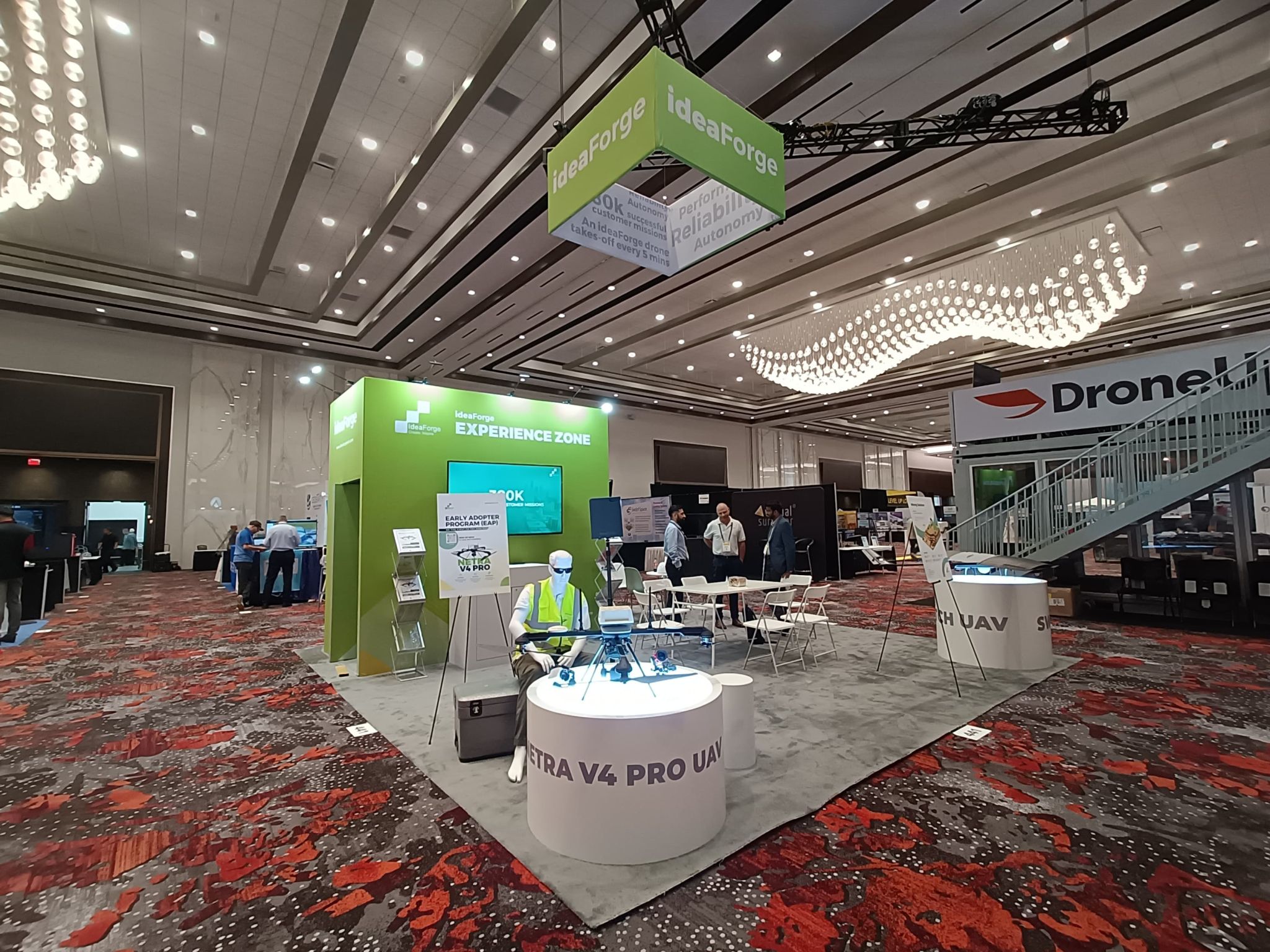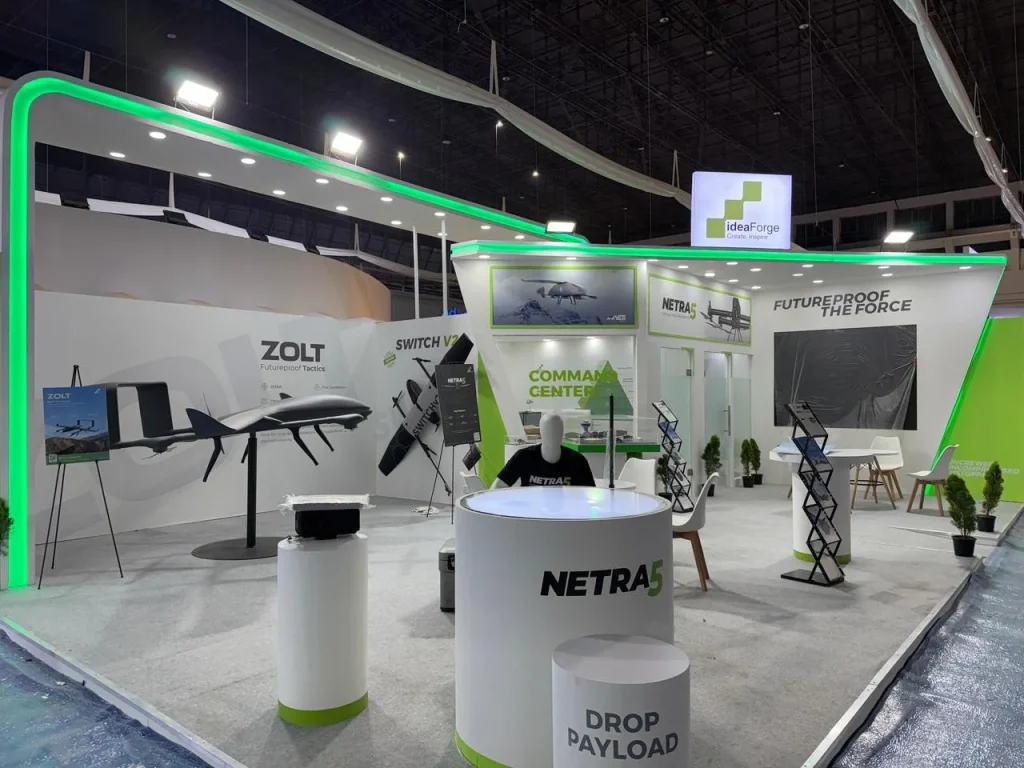
Introduction
Planning an exhibit can be an exciting but complex process, with many moving parts that are difficult to control. From last-minute changes in booth design to unexpected shipping delays, unforeseen costs can quickly add up if you’re not prepared. The key to managing these potential financial surprises is creating a well-thought-out contingency budget. Let’s explore how you can build flexibility into your exhibit planning and handle unexpected costs effectively.
1. Why Contingency Budgeting Is Crucial
Exhibit planning is rarely a straightforward process, and while meticulous planning is essential, unexpected issues are almost inevitable. Contingency budgeting allows you to safeguard your exhibit’s success without breaking the bank.
- Mitigates Risk: A contingency budget cushions the blow of unforeseen expenses that could otherwise derail your plans.
- Enables Quick Decisions: When emergencies arise, having extra funds allows you to act fast without scrambling for financial resources.
- Builds Confidence: Exhibitors and stakeholders feel more secure knowing that the budget is prepared to handle surprises.
2. Common Unexpected Costs in Exhibit Planning
Exhibitors often face hidden or unexpected costs that can inflate their budget. Here are some of the most common:
- Shipping Delays: Late arrivals of exhibit materials or freight can lead to overtime labor costs and rush shipping fees.
- On-Site Labor Overtime: If setup or dismantling takes longer than anticipated, overtime labor costs can quickly accumulate.
- Changes in Design: Last-minute modifications to booth design can result in higher production costs and increased lead times.
- Equipment Rentals: Unanticipated equipment needs, such as additional lighting or audio-visual rentals, often pop up during setup.
- Utility Costs: Fees for electricity, internet, and water supply at venues can vary greatly and might exceed your original estimates.
3. How to Build a Contingency Budget
Creating a contingency fund is not just about adding a blanket percentage to your overall budget. You need to evaluate potential risks and allocate funds based on the likelihood of each issue occurring.
- Start with a Percentage: Most exhibit planners recommend setting aside 10-20% of the total budget for contingencies. For larger projects with complex logistics, you may want to allocate more.
- Prioritize High-Risk Areas: Identify the areas of your exhibit that are most likely to encounter challenges, such as shipping, labor, and technology. Allocate more of your contingency funds to these areas.
- Track Historical Data: Use data from previous exhibits to gauge where unexpected costs tend to arise. This will give you a better idea of how much to set aside and where to allocate your funds.
4. Preemptive Strategies to Minimize Unexpected Costs
While contingency budgeting is essential, there are also proactive steps you can take to reduce the likelihood of unexpected costs in the first place.
- Plan Ahead: Begin the planning process early to avoid rush fees, overtime costs, and last-minute design changes. The more lead time you have, the better prepared you’ll be to stay within your budget.
- Work with Reliable Partners: Partner with experienced vendors and suppliers who have a track record of meeting deadlines and delivering on time. Reliable partners reduce the risk of delays and last-minute changes.
- Clarify Contracts: Ensure that all your vendor contracts are clear and include detailed pricing to avoid hidden fees. Discuss contingency plans with your vendors to establish protocols for handling unexpected situations.
5. Managing On-Site Challenges with Contingency Funds
Even with the best planning, on-site challenges can arise. Your contingency budget can help manage these disruptions more effectively.
- Labor Issues: If your exhibit takes longer than expected to set up, contingency funds can cover overtime labor costs or additional staffing needs.
- Technical Problems: Audio-visual equipment and technology glitches are common at trade shows. Whether you need to replace malfunctioning equipment or hire tech support on short notice, a contingency budget will cover these expenses.
- Last-Minute Additions: Sometimes, new opportunities present themselves at the event—such as adding extra signage, renting more equipment, or booking additional services. Having a contingency budget allows you to capitalize on these moments without exceeding your budget.
6. Flexible Budgeting for Unpredictable Venues
Different venues come with different requirements, and venue-specific fees are another area where unexpected costs can crop up.
- Utility Costs: Venue fees for electricity, water, and internet can vary widely. Be sure to budget extra for these services, especially if your booth relies heavily on tech or lighting.
- Drayage Fees: Some venues charge drayage (material handling) fees for moving your exhibit materials from the loading dock to your booth space. These fees can be higher than anticipated, so allocate contingency funds accordingly.
- Union Labor: If the venue requires union labor for setup and dismantling, ensure that you are budgeting for union rates, which can differ from standard labor costs.
7. Use Contingency Funds Wisely
Having a contingency budget doesn’t mean it should be spent on every minor issue. Be strategic about when and how you tap into your contingency funds.
- Prioritize Critical Expenses: Use your contingency funds for high-priority issues that could impact the overall success of your exhibit, such as technical malfunctions, labor delays, or emergency rentals.
- Stay Disciplined: Resist the temptation to use contingency funds for unnecessary additions or last-minute “nice-to-have” features. Always evaluate whether the cost justifies the benefit.
8. Post-Event Review: Learning from Unexpected Costs
After the trade show, conduct a post-event review to analyze how you spent your contingency budget and where unexpected costs arose.
- Assess Cost Drivers: Identify which areas contributed the most to unexpected costs and explore ways to mitigate these in the future.
- Refine Future Budgets: Use the data and insights from this exhibit to create more accurate budgets for future events, improving both your planning process and contingency fund allocation.
Conclusion: Expect the Unexpected
Budgeting for contingencies is essential for any successful exhibit planning process. By setting aside funds for unexpected costs and taking proactive steps to reduce risk, you can protect your budget and ensure a smoother trade show experience. Remember, the goal is not just to anticipate challenges but to manage them effectively so you can focus on delivering a memorable and impactful exhibit.


 Global
Global Europe
Europe

